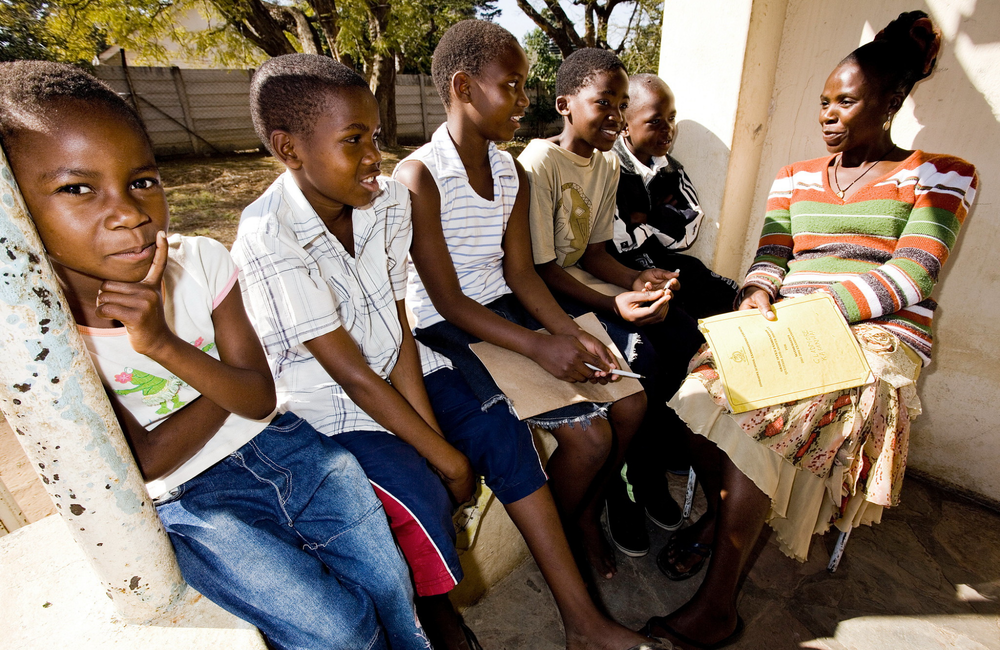
A recent study explored the preferences of adolescent and young adults in Kenya regarding when and how disclosure should happen, along with their satisfaction with the process.
Understanding adolescents’ perspectives on disclosure is crucial for improving their experiences and for providing better support. Despite improvements in care, adolescents and young adults living with HIV in sub-Saharan Africa face unique challenges and poorer health outcomes compared to adults. Proper disclosure, ideally before sexual activity, has been linked to better health and prevention outcomes, by enabling people to understand how to protect themselves and others. Caregivers often lack support and resources on how to engage with the process of sharing a child’s status and provide support after. This can sometimes lead to a reluctance to engage with the process, which can leave both caregivers and adolescents feeling unsupported.
Data were collected from adolescents aged 12–24 attending HIV clinics in Kenya that did not have consistent practices for disclosing HIV status to adolescents. Nurses conducted a 30-minute survey with each adolescent and young adult living with HIV in a private space within the clinic. These assessed the adolescent and young adults’ experience of being told that they were living with HIV, readiness, support received, and satisfaction with the process.
Out of the 375 study participants, 71% were known to have acquired HIV perinatally, and 59% came from areas where HIV prevalence among adults was 5% or higher. In the cohort, 61% were female, and the average age was 16 years old. All of them were taking antiretroviral treatment, with 88% having done so for at least five years, and 78% were living with their families. Additionally, 66% had known about their HIV status for five years or more.
Over half (55%) of adolescents and young adults living with HIV in the study learned about their HIV status from a caregiver and 41% from a healthcare worker. Four per cent found out on their own. It wasn’t clear how they came to find out their own status – working assumptions are that they identified why they attended the clinic or took antiretrovirals.
In the group, 78% preferred to be told about their HIV by the age of 12. This reflects World Health Organization (WHO) guidelines, which suggest that disclosure should happen before that age.
When asked who they thought should tell children that they have HIV, 57% chose caregivers, 40% chose healthcare workers, and 3% preferred a family member. (A previous study found that preference for healthcare workers was linked to having access to accurate information.) Older respondents were particularly likely to prefer disclosure by caregivers, which could indicate a shift over time in appreciation of the disclosure process. WHO recommend that the process should be shared between healthcare workers and caregivers.
Overall, 69% believed that their disclosure was planned, but only 11% suspected they were living with HIV before being told. 54% felt appropriately prepared by their clinic for disclosure, and 75% were ready for the information when they were told. Among those who weren't ready, 72% would have preferred the disclosure to happen later, while 15% would have preferred not to be told at all, and 13% were unsure about the timing.
Over two-thirds felt appropriately supported by the clinic and caregiver before disclosure (67% and 70%, respectively); after disclosure, over three-quarters felt adequately supported by the clinic and caregiver (80% and 79%, respectively). Asked about their satisfaction with the disclosure process, 86% said they were satisfied.
Disclosure had various impacts, including improved medication adherence for 78% of participants, better clinic attendance for 45%, increased happiness for 40%, improved communication with healthcare workers for 26% and improved communication with caregivers for 20%. In terms of sexual behaviour, 15% stated that disclosure helped them decide to abstain from sexual activity and 13% reported practicing safer sex after disclosure. Additionally, 47% subsequently disclosed their HIV status to someone else.
Higher perceived support from the clinic and caregivers before and after disclosure was linked to greater satisfaction with the disclosure process. Adolescents and young adults living with HIV who suspected they were HIV positive before disclosure had a lower satisfaction compared to those who never suspected.
Additionally, those who believed they should never have been disclosed to tended to have a lower satisfaction compared to those preferring earlier disclosure. Other factors like age, sex, education level, duration on antiretroviral therapy, time since disclosure, who disclosed, readiness for disclosure, and whether disclosure was planned were not associated with satisfaction with disclosure.
The study provides insight into how the experiences of disclosure impact adherence, engagement in care, sexual behaviour, and subsequent disclosure to others, providing recommendations for improving care for adolescents and young adults living with HIV. While preferences regarding the timing of disclosure and the involvement of caregivers align with current guidelines – which advocate for early disclosure and caregiver involvement – challenges persist.
The study underscores the need for interventions to address caregivers' fears and enhance their ability to support their children. The findings also highlight the importance of both clinic staff and caregivers providing comprehensive support throughout the disclosure process to help children navigate their understanding of their HIV diagnosis.
Mugo C et al. Adolescent experiences, perceptions, and preferences for the process of HIV status disclosure in Kenya. Frontiers in Public Health 11, 2023 (open access).
https://doi.org/10.3389/fpubh.2023.1165557
Full image caption: Image by Elizabeth Glaser Pediatric AIDS Foundation/DFID - UK Department for International Development. Available at www.flickr.com/photos/dfid/5181913478 under Creative Commons licence CC BY-NC-ND 2.0.
